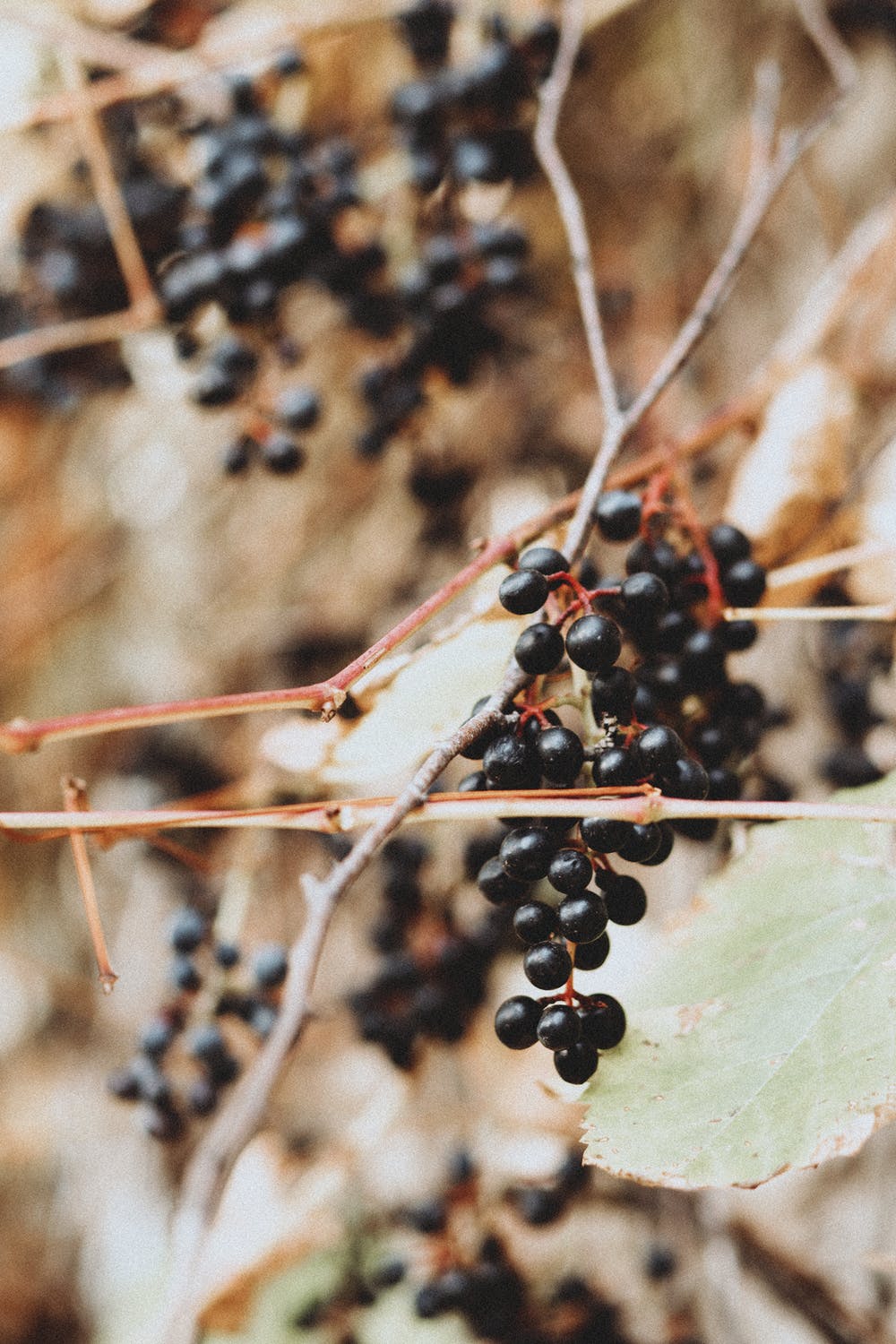10 of the most toxic foods in the world
1. Elderberries
Elderberries are most commonly found in Canadian forests and are a popular crop in berry farming. They are used in various food products, such as elderberry syrup, jam, bread, cake, and chocolate. Additionally, elderberries are used in making some medicines, though in small quantities.
Despite their sweet appearance, elderberries can be dangerous if not handled properly. If they aren't fully ripe or not strained properly during processing, they can cause nausea, vomiting, and severe diarrhea. It’s essential to have the knowledge to handle elderberries correctly and to identify the right type of berry you have at home.
For example, if you mistakenly consume elderberries thinking they are blueberries due to their similar appearance, it’s crucial to seek medical attention immediately.

2. Cassava
Cassava is a tropical root crop, primarily harvested in countries like Nigeria, Brazil, Thailand, Indonesia, and the Democratic Republic of Congo. This crop requires a lot of sunlight, tropical weather, and an adequate amount of water.
Cassava can be used to make delicious tea, flour, pudding, and even certain types of ice cream. However, both the leaves and roots of cassava contain toxic cyanide, which can irritate the eyes, nose, and throat.
To ensure safety, cassava should be cooked in water for about 15 minutes and then soaked until dry. This process removes the toxic cyanide, making the cassava safe to eat.

3. Hákarl
Even if you try hard to pronounce “Hákarl,” it’s best to understand what it actually is before attempting to say it. Hákarl is dried shark meat traditionally eaten in Iceland, commonly known in English as fermented shark. The shark is typically imported from Greenland and then dried in large Icelandic facilities for approximately 5 to 6 months.
The drying process is crucial to remove most of the trimethylamine oxide, which comes from the water the shark swam in, and to eliminate toxins from the shark itself, which it uses as a defense mechanism against predators in the cold seas of Greenland.
If Hákarl is consumed without following specific safety regulations, it can cause intestinal distress, neurological effects, convulsions, and even death if eaten in large quantities.
4. Raw Kidney Beans
Even though kidney beans are high in fiber, carbohydrates, and protein, they can still be dangerous if consumed raw. Raw kidney beans contain lectins, which are toxins that can cause severe stomach aches, vomiting, and diarrhea.
It only takes 4-5 raw kidney beans to trigger these side effects, so it’s important to boil your beans before eating them. Boiling the beans for approximately 15 to 20 minutes is enough to eliminate the lectins, making the beans safe to consume.

5. The Vietnamese Centipede
This monstrous centipede can grow up to 30 centimeters long and is one of the deadliest insects on the planet. It holds the record as the only centipede known to have killed a human being.
Despite its danger, the Vietnamese centipede contains a good amount of protein, fiber, and a variety of vitamins. It needs to be pan-seared at about 250°C and can be garnished with salt, pepper, and various vegetables.
It’s crucial to pan-sear the centipede properly to remove the toxins it contains.
6. Cherry Pits
The hard stone at the center of a cherry can be irritating when you’re enjoying the delicious fruit. However, it’s important not to bite into the pit too hard, as it contains prussic acid, also known as cyanide, which is poisonous.
Always spit out the stone and dispose of it in the food waste bin to prevent it from being ingested by other living organisms that might mistake it for food, as it could potentially kill them.

7. Ackee Fruit
Ackee fruit is a traditional fruit in Jamaica and parts of South Africa. This fruit requires a warm climate, tropical weather, and a good amount of water to grow. It also needs careful supervision to protect it from insects that could harm it.
However, humans also need to be cautious around ackee fruit. Unripe ackee contains a poison called hypoglycin, so the fruit must be fully ripe and allowed to open naturally on the tree to be safely eaten.
8. Green Potatoes
The leaves, sprouts, and underground stems of potatoes contain a toxic substance called glycoalkaloid. Glycoalkaloids cause potatoes to turn green when they are exposed to light, become damaged, or age.
Consuming potatoes with high glycoalkaloid content can lead to nausea, diarrhea, confusion, headaches, and even death. It’s important to let the potato grow and ripen until it shows a natural color before eating it.
9. Star Fruit
If you suffer from kidney disease, eating star fruit should be avoided. While normal kidneys can filter out the toxins in this sweet fruit, compromised kidneys cannot, leading to the toxin remaining in the body.
This can cause mental confusion, seizures, and even lead to death. It’s important to consult your doctor if you suspect any issues with your kidneys or other organs in your body.
10. The Deadly Pufferfish
The big, round pufferfish may appear harmless, but as they say, “It’s what’s inside that matters.” Almost all pufferfish contain tetrodotoxin, a substance that makes them foul-tasting and often lethal to other fish.
For humans, tetrodotoxin is deadly, up to 1,200 times more poisonous than cyanide. There is enough toxin in one pufferfish to kill 30 adult humans, and there is no known antidote.
Despite this, pufferfish is still edible. Some restaurants in Japan specialize in carefully cutting out the edible parts of the pufferfish while avoiding the toxic areas to ensure the dish is safe for consumption.